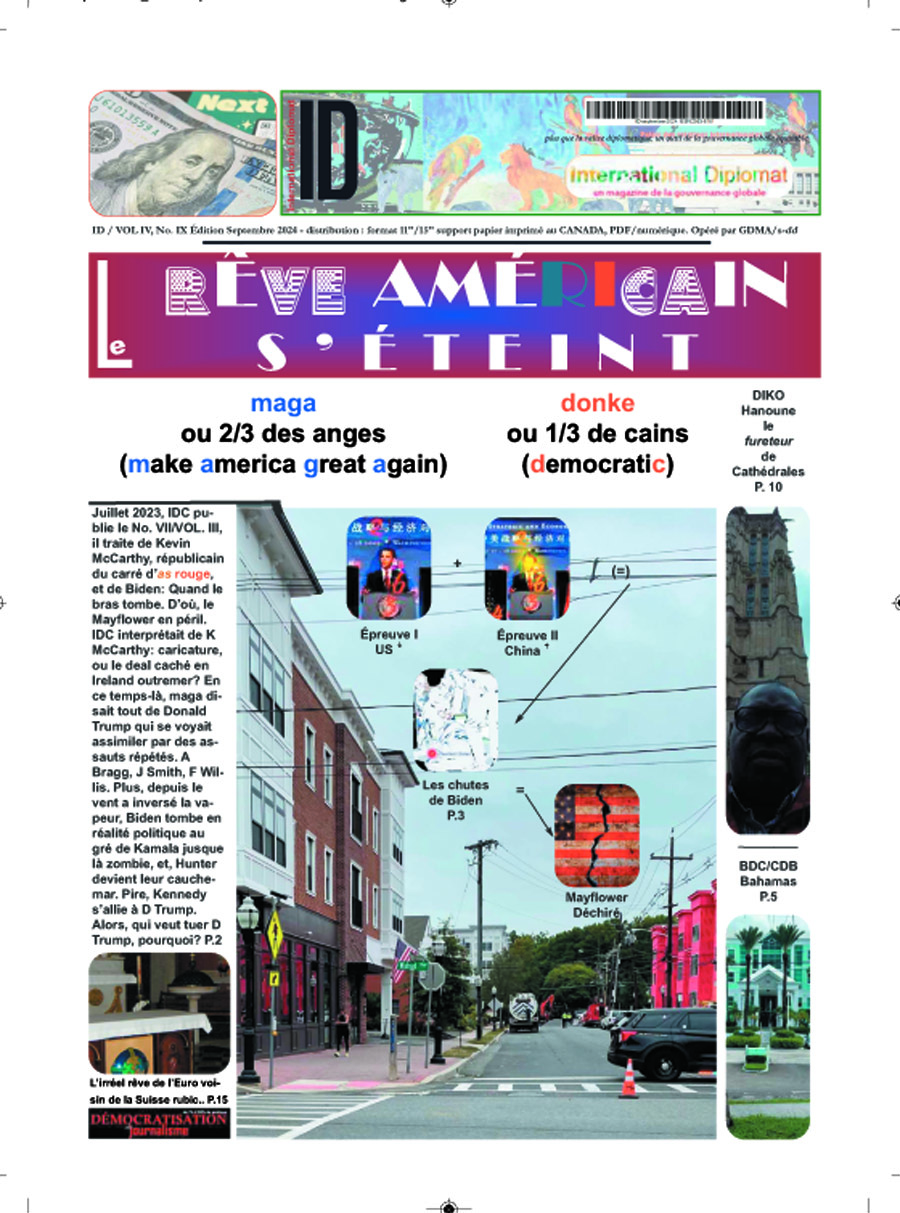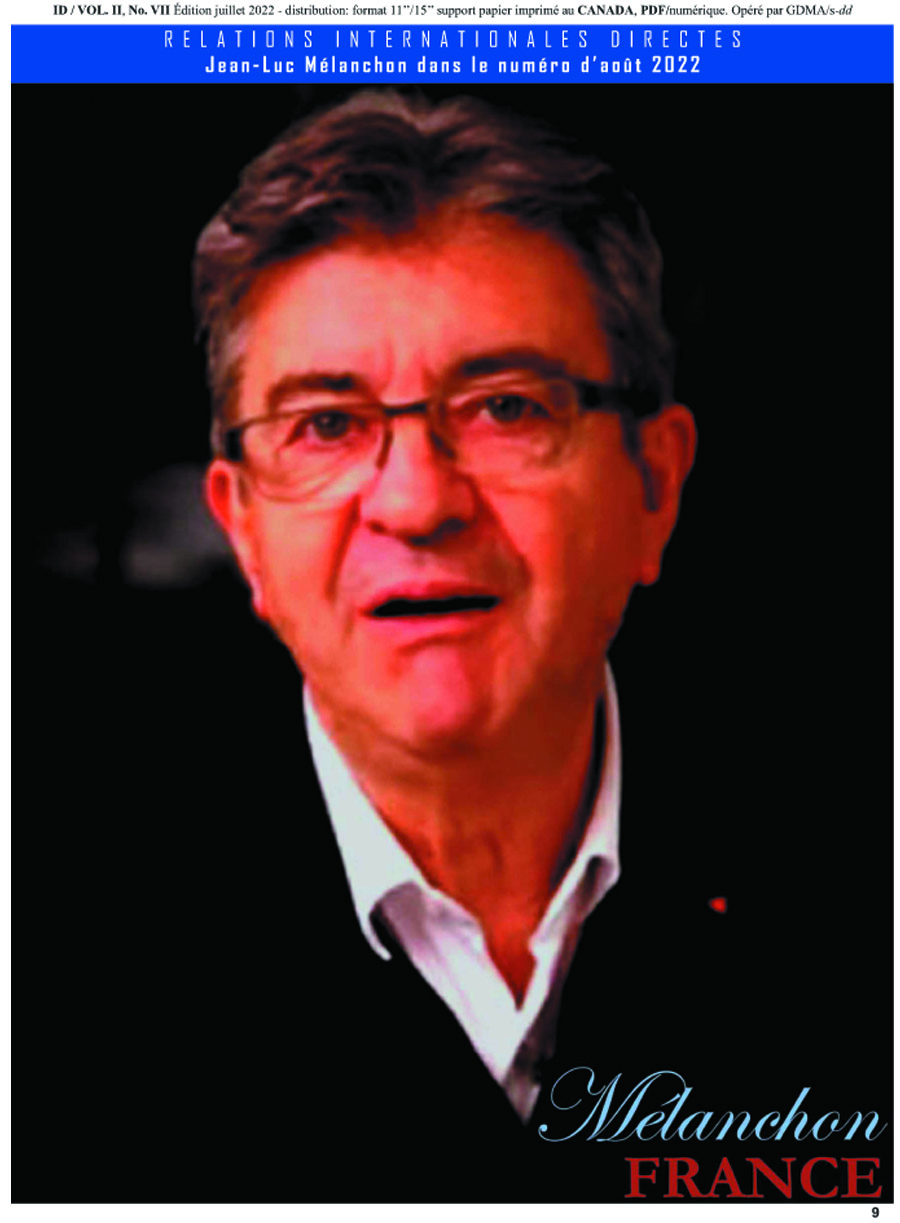
Highwaymen in Ireland and Beyond : Myth, Folklore and Legend
A wealth of historical and other literature abounds about the life and daring exploits of highwaymen through the earlier centuries who are immortalised as gentlemen, brigands, robbers. They rode on horseback across hills and valleys, or hid in thick heath and woodland, with the protection of sympathisers rich or poor. Most would eventually be captured and die a brutal death by bayonet, pistol or execution, many of whom are long forgotten. The more famous have become the subject of legend in stories, films, theatrical and other forms of entertainment that include music and ballads from their local and far off lands where the ‘good men’ lived and died. Their common cause was … a strike for liberty, a struggle for principle, a stand against oppression.*
Famous and lasting poems and ballads about the highwaymen were written and said to be sold on the occasion of a famous robber’s execution. ‘Whiskey in the Jar’ and ‘The Newry Highwayman’ are among many within the oral tradition of England and Ireland that continue to be rendered in original or in re-arranged form.
Ireland and Beyond
From the seventeenth to the nineteenth century Ireland’s acts of robbery were part of a tradition of Irish resistance to British authority and the Protestant ascendancy in Ireland. From mid-seventeenth century they were known as ‘tories’, translated from an Irish word for raider. Later they became known as ‘rap(p)arees’ to disassociate from any connection to the Irish political party in Ireland known as ‘Torys’. Their numbers included James Freney, Redmond O’Hanlon, Willy Brennan and Jeremiah Grant. They were those of dispossessed landowners and evicted tenants remaining in their area as bandits. The noble robber had a particular resonance in a book ‘The Irish Highwaymen’ (Our Boys 7937)’. It was printed in the mid-eighteenth century and widely read with subsequent affordable offprints. In the book one of their main aims was to attack authoritarian acts of the State with favourite victims being soldiers and tax collectors. Their stories are largely fictionalised as ‘noble robbers’ of genteel extraction, robbing the rich to give to the poor, with support and protection of the people.
Their campaign was against having to give way to a new set of Crown favourites and adventurers. In imitation of Oliver Cromwell, Lord Protector of the Commonwealth, a prominent highwayman Redmond O’Hanlon, took upon himself the title of Protector of the Rights and Properties of his Benefactors and Contributors, and Chief Ranger of the mountains, Surveyor-General of all the high roads of Ireland.
‘Tales from the West of Ireland’, by Sean Henry provides a list of regions and countries of prominent highwaymen, land pirates, mail coach robbers, road agents, stage coach robbers and bushraiders . It includes the names of men and women from Europe, North America, South America, Australia, Asia and Africa.
In Australia, the early bushrangers were generally British convicts who had escaped from assigned service in the penal colonies of New South Wales (from 1788) and Van Diemen’s Land, now Tasmania (from 1804). Though greatly feared many escapees had little chance of survival in the bush and few lived long in freedom. If they didn’t die of starvation, sickness or exposure they were killed by the police or landowners. By the 1880s the last of Australia’s bushrangers had vanished. Most of them died by violence at an early age; those who were not shot by police were usually hanged. The most notorious names include Frank Gardiner, Ben Hall, Fred Ward, and Ned Kelly who went on to become Australia’s popular hero.
Ned Kelly (1854-1880) was a famous Irish-Australian bushranger who led the Kelly Gang and came to a violent end. He was born near Melbourne of Irish parents and eventually hanged in 1880. In popular culture he has long been acclaimed as a defender of the underdog. From 1946 the Australian painter Sydney Nolan (1917-1992) painted a major series of works on the Ned Kelly theme. A photograph on the day before his execution portrays him heavily bearded with a mop of thick dark hair and a piercing gaze. With archival film and other images that included state of the art technology, Ned Kelly was featured as a major theme of a landmark exhibition held in the national capital of Canberra titled Not Just Ned: a true history of the Irish in Australia.**
Ita Marguet, November 2020
Note: Acknowledgement is given to sources used in preparation of this text. *In 1895 Mark Twain (1835-1910) American writer and humorist, wrote: “The finest thing in Australian history … a strike for liberty, a struggle for principle, a stand against oppression”. **National Museum of Australia, Canberra (17 March-July 2011). An elaborately illustrated book is property of the National Museum of Australia Press 2011. A published text Irish in Australia by Ita Marguet (April 2011) covers a trip to Sydney, Melbourne, Brisbane and Canberra in March 2011.





